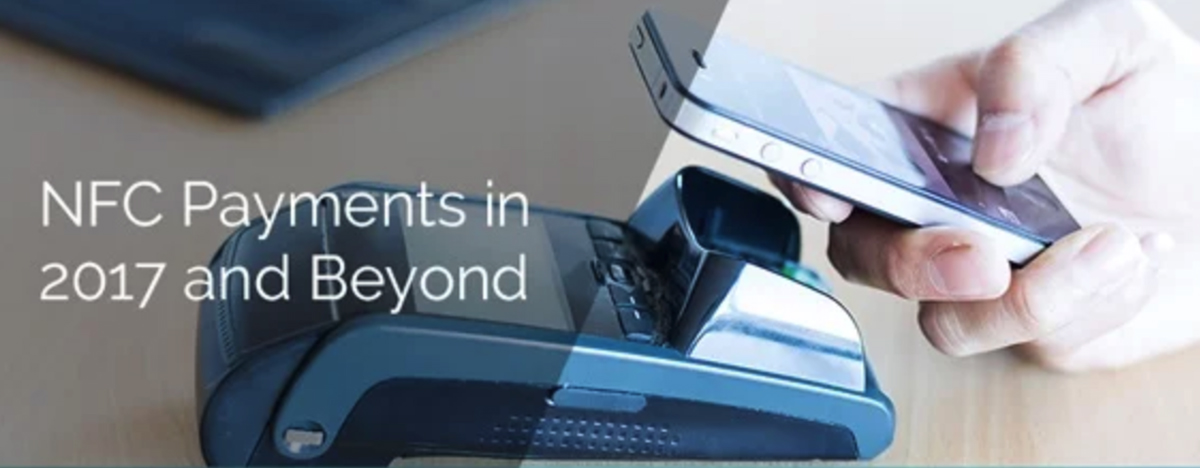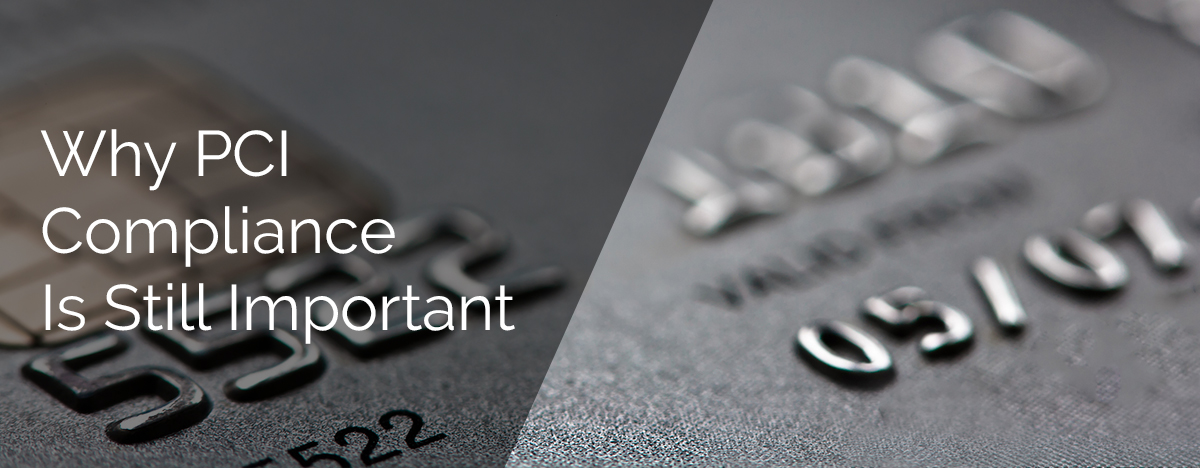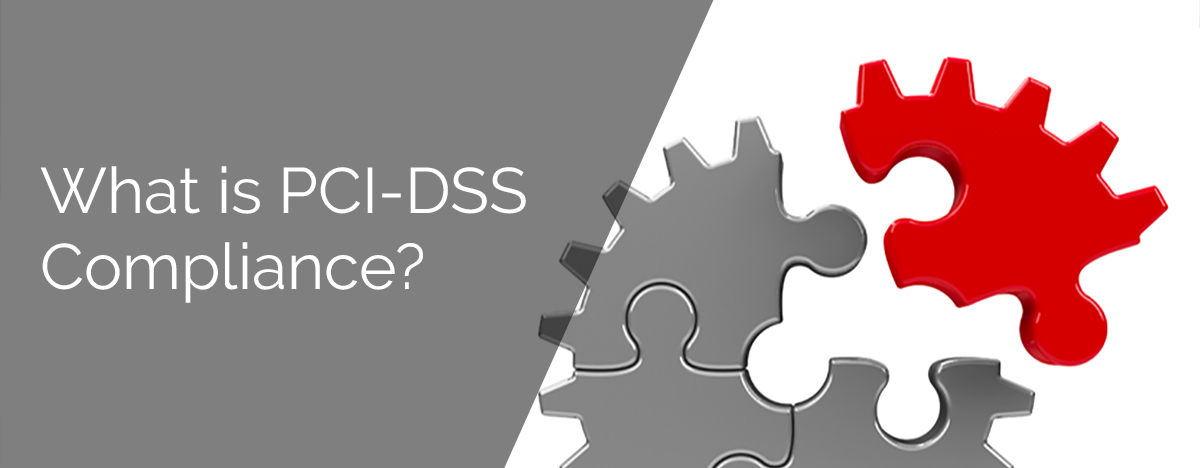[av_image src=’http://home.ncourt.com/wp-content/uploads/2017/07/nfc-payments.jpg’ attachment=’3604′ attachment_size=’full’ align=’center’ styling=” hover=” link=” target=” caption=” font_size=” appearance=” overlay_opacity=’0.4′ overlay_color=’#000000′ overlay_text_color=’#ffffff’ animation=’no-animation’ custom_class=”][/av_image]
[av_image src=’http://home.ncourt.com/wp-content/uploads/2017/06/nfc-payments-2017.jpg’ attachment=’3243′ attachment_size=’full’ align=’center’ styling=” hover=” link=” target=” caption=” font_size=” appearance=” overlay_opacity=’0.4′ overlay_color=’#000000′ overlay_text_color=’#ffffff’ animation=’no-animation’ custom_class=”][/av_image]
[av_textblock size=” font_color=” color=” custom_class=”]
Likely, you’ve heard of Bluetooth, radio-frequency identification (RFID), or quick response (QR) codes but perhaps haven’t heard of the umbrella term near field communication (NFC). NFC is contactless communication of wireless data transferred between devices, such as tablets, card readers, and smartphones. The data detects and enables technology in close proximity to communicate without the need for an internet connection. Using RFID technology, an NFC chip operates as part of a wireless link. Being able to activate and transfer data between devices then takes place and therefore, where mobile payments can be accomplished.
Even as users and service providers alike work to wrap their heads around mobile payments, the mobile payment industry continues to rapidly evolve, with major growth taking place in the NFC payment arena. As the technology has evolved, it has increased the range, speed, and messaging capacity of wireless devices.
NFC Is Here to Stay
If you’ve invested in the latest Apple phone, you’ve already felt the push toward NFC technology—Apple didn’t include a physical headphone jack, forcing users to embrace wireless connectivity to connect their wireless headphones to the phone. Through experiences like these, users will become more comfortable with wireless technology, and wireless payments will continue to become ubiquitous.
Benefits of Accepting NFC Payments
As mentioned in our recent mobile point-of-sale (POS) post, wireless payment offers many benefits to government agencies. In addition to providing another payment option, NFC payment platforms make the payment process easier, more secure, and more efficient. With credit and debit card data stored on a mobile device through an NFC tag, citizens can simply use NFC to connect to an agency payment processing NFC device to make payments. These payments process efficiently, making the funds quickly available to courts and making the whole process as easy as swiping a device.
NFC for Government Payments
With wireless technology employed for everything from jamming out to iTunes to photo sharing among devices, it was only a matter of time before NFC payments became popular. For busy moms checking out at the grocery store to hipsters buying a flat white at the coffee shop, NFC is becoming the norm. By offering mobile payment processing through NFC technology, courts and government agencies can increase efficiency, improve payment security, and enable convenient payment methods to citizens.
[/av_textblock]
[av_social_share title=’Share this entry’ style=’minimal’ buttons=” custom_class=”]

















